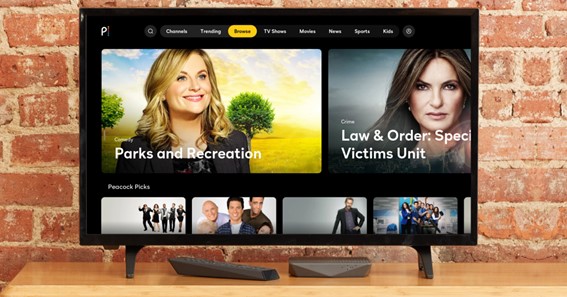Suppose you are inspired by existing video-on-demand streaming services like Netflix or Disney+ and want to launch your own. To do that, software and hardware are necessary. In this article, we will talk about key software features that your new video-on-demand service should have to operate smoothly.
So, what are the must-have features of a VOD service?
#1 Video monetization capabilities
For viewers, your video streaming platform is a fun way to spend their time. Or a useful way to spend it if you publish informative and educational videos. But for a business, it is a video monetization platform. For companies, one of the primary goals of it is to generate revenue and help other products to be bought better. The last option is up to businesses to decide whether to implement it or not.
You should check if a solution you are going to obtain has monetization capabilities that fit your business needs.
Here is the list of common monetization models:
- AVOD – Advertising-based Video-On-Demand. Platform with this model doesn’t require a fee for access to its content. But viewers will watch advertisements along with videos. Ads can be inserted into any point of a video. Learn more about SSAI advertising.
- SVOD – Subscription-based Video-On-Demand. Service requires a fee for access. The subscription lasts for a certain period: a week, a month, a quarter, or a year. Users pay once and watch as much content as they want. Subscription is easy to cancel. For all these reasons, people appreciate them.
- TVOD – Transactional-based Video-On-Demand. TVOD allows customers to purchase one video or a series of them and watch only this content. People will not have access to other videos on a platform. Access can be temporary or permanent. Some TVOD platforms allow viewers to download videos.
click here – Why Queen Size Bed is Worth Your Money
#2 On-prem vs. cloud
Check if the solution you are going to acquire can be deployed on-premise or in-cloud.
The on-premise deployment can be essential for enterprises because they would like to control all the infrastructure. In this case, data doesn’t go outside the network. With in-cloud deployment, you don’t need to obtain any infrastructure as you will use the infrastructure of a company offering such a service.
So, on-prem allows you to control everything, while in-cloud saves your money. The on-prem vs. cloud dilemma is important to think about.
#3 CMS – content management system
It is better to organize content than keep it in chaos. If everything is well-organized into categories and subcategories, viewers will be able to find the video they want quickly. They will not get frustrated because there is plenty of content that should be looked through in order to find a proper video.
You can add hashtags for even more accurate search results.
#4 White-labeling
White-label platforms allow businesses to use their own design, including colors, fonts, and logos.
Let’s take YouTube as an example. On YouTube, its logo follows a user on each page they look at. You can customize your channel by changing the cover image and icon. But it doesn’t look like your platform.
On a white-label video streaming platform, you can change the design which will help you stand out from the competition.
click here – How Top-Producing Real Estate Agents Find Success
#5 Analytics
Extracting analytics data is essential for every business. So, check if the solution has powerful analytics functionality.
With analytics, you will be able to tell how well your content performs and what people use your service. This information can help you with further growth and boost the performance of your VOD service.
Conclusion
These features we have described are important for a service to operate well and smoothly. They will help you organize your video-on-demand streaming business. To grow and scale your business in the future, you will probably need some additional features.

